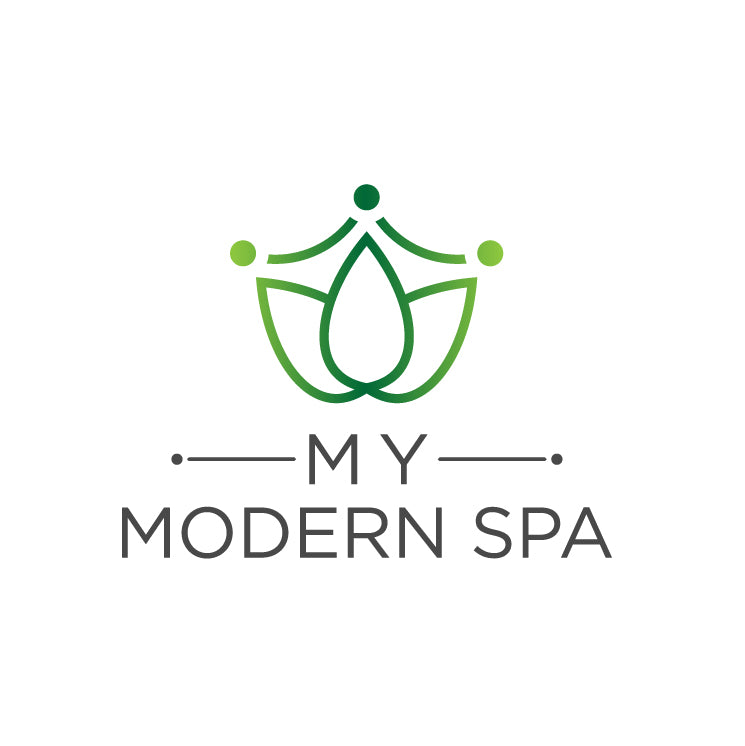In recent years, red light therapy has surged in popularity as a non-invasive, drug-free approach to enhancing overall well-being. From accelerating wound healing to reducing wrinkles and promoting muscle recovery, the benefits seem almost too good to be true. But for those diving into the world of red light therapy at home, optimizing its effectiveness requires more than just sitting under a glowing panel. To truly harness its potential, understanding the science behind it and implementing best practices is essential.
Before delving into the tips for maximizing your at-home red light therapy sessions, it's crucial to grasp the underlying science. Red light therapy, also known as low-level laser therapy (LLLT) or photobiomodulation (PBM), involves exposure to low levels of red or near-infrared light. These wavelengths penetrate the skin and are absorbed by cells, where they kickstart a cascade of beneficial physiological reactions.
At the cellular level, red light therapy stimulates the production of ATP (adenosine triphosphate), the energy currency of cells, leading to increased cellular function and repair. Additionally, it triggers the release of nitric oxide, promoting vasodilation and improving blood flow. These mechanisms underpin the myriad health benefits associated with red light therapy, ranging from skin rejuvenation to pain relief and beyond.
Choosing the Right Device
Selecting the right red light therapy device is paramount to achieving optimal results. With a plethora of options on the market, it's essential to consider factors such as wavelength, power output, and coverage area. Near-infrared light (NIR) and red light (RL) are the most commonly utilized wavelengths, each offering unique benefits.
Ideally, opt for a device that emits both red and near-infrared light, as this provides a broader spectrum of therapeutic effects. Additionally, ensure that the device delivers sufficient power output to penetrate the skin effectively. Look for reputable brands that provide transparent information about their products' specifications and have positive customer reviews.
Establishing a Consistent Routine
Consistency is key when it comes to red light therapy. Rather than sporadic sessions, aim for a regular schedule to reap the full benefits. Investing on your personal red light therapy at home is a plus. Depending on your goals, this may involve daily or several times weekly sessions. Set aside dedicated time each day to incorporate red light therapy into your routine, whether it's part of your morning or evening rituals.
Optimal Placement and Duration
Placement of the red light therapy device and duration of each session are crucial factors that can significantly impact its effectiveness. Position the device approximately 6 to 12 inches away from the target area to ensure optimal light penetration. For skin-related concerns, such as acne or wrinkles, direct exposure to the affected area is essential.
As for session duration, start with shorter intervals, typically around 10 to 15 minutes, and gradually increase as tolerated. Pay attention to how your body responds and adjust accordingly. While red light therapy is generally safe, it's essential to avoid overexposure, which can lead to adverse effects.
Enhancing Absorption and Efficacy
To enhance the absorption and efficacy of red light therapy, consider incorporating complementary practices into your routine. For instance, exfoliating the skin before a session can remove dead cells and improve light penetration. Additionally, applying a topical antioxidant serum can further boost the benefits by neutralizing free radicals and promoting skin health.
Furthermore, combining red light therapy with other modalities, such as exercise or meditation, can amplify its effects. Engaging in physical activity post-session can capitalize on improved blood flow and cellular function, while practicing mindfulness can enhance overall well-being and stress management.
Monitoring Progress and Adjusting Accordingly
Lastly, tracking your progress and making adjustments as needed is essential for maximizing the efficacy of red light therapy. Keep a journal to record any changes in symptoms or improvements in targeted areas. Pay attention to subtle changes in skin texture, pain levels, or mood, as these can serve as valuable indicators of progress.
Based on your observations, consider adjusting factors such as session duration, frequency, or placement of the device to optimize outcomes. Additionally, consult with a healthcare professional if you have specific health concerns or are incorporating red light therapy as part of a treatment plan.
Harnessing the power of red light therapy at home requires more than just sitting in front of a glowing panel. By understanding the underlying science, choosing the right device, establishing a consistent routine, optimizing placement and duration, enhancing absorption, and monitoring progress, you can unlock its full potential for promoting overall well-being.
Achieve the maximum benefits of red light therapy devices from the comfort of your own home.

